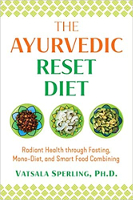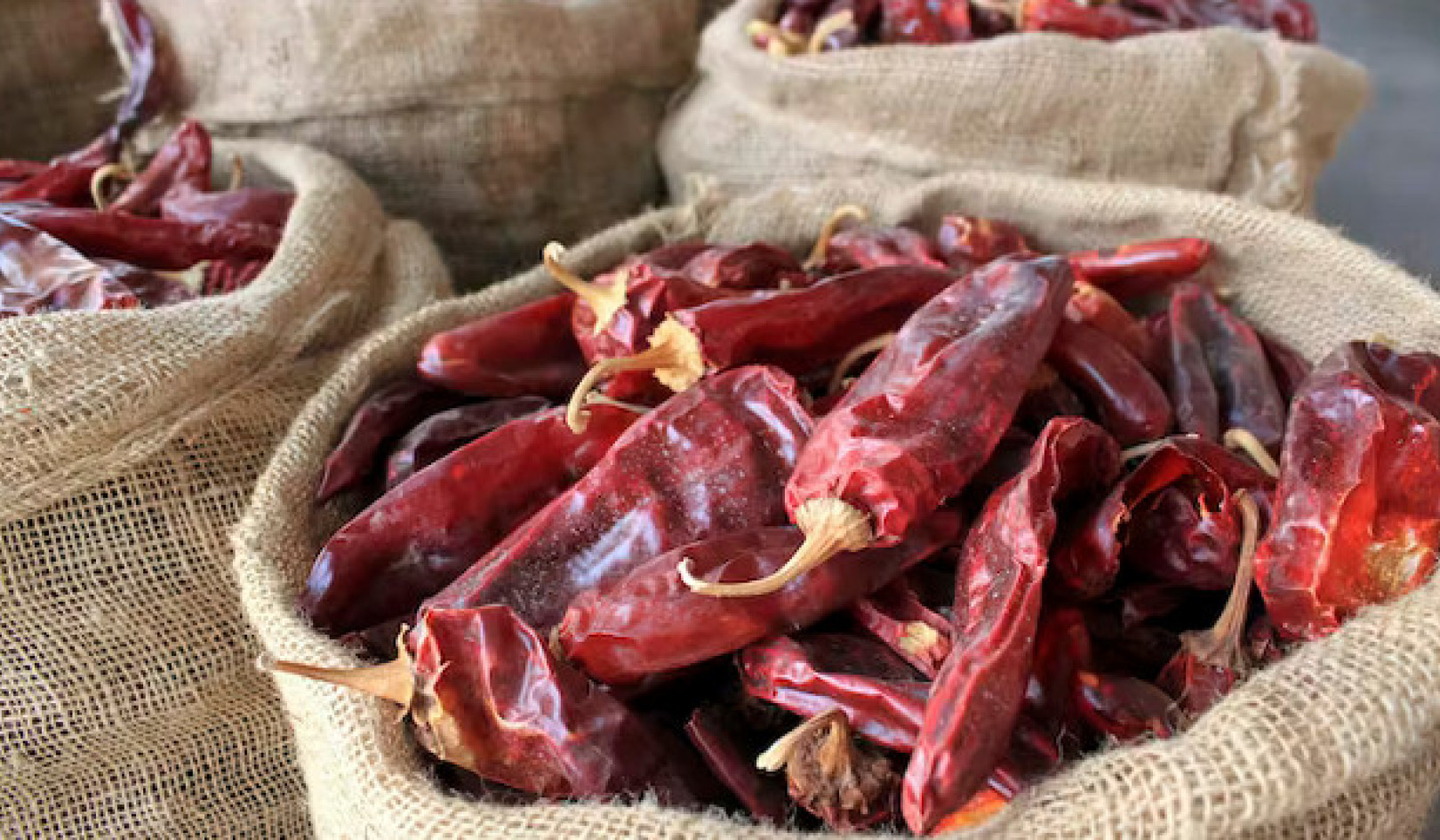
Image by Sabrina Ripke
Narrated by Marie T. Russell.
Cultures on every continent around the world have a collective memory of a time when their ancestors were hunter-gatherers and lived in the forest as a part of nature itself. The Aborigines of Australia, for example, were known to have lived a bucolic, hunter-gatherer lifestyle as recently as the early to mid-1800s, until they were forced to relinquish their way of life.
Before colonization, the Aborigines were able to live according to their own traditions for over 150,000 years, and the earth provided for all their needs. They lived in it lightly, in complete harmony with the seasons and cycles of nature.
The hunter-gatherer lifestyle of the Aborigines was completely dependent on the seasons, which affected the availability of their food. They lived as an integral part of nature and did not think themselves any different from the plants and the animals in their environment. All the natural resources belonged to nature. No one owned land, cash, or any other personal property.
Trusting That Nature Will Provide
These hunter-gatherer tribes so completely trusted nature to provide for all their needs that they never felt the necessity to hunt and gather even an ounce more than what they could eat in one meal. They did not overeat, hoard, store, process, ferment, preserve, or freeze their foods. They took only what they absolutely needed for survival, fully trusting that nature would provide their next meal.
The Aborigines actually spent very little time hunting and gathering. Once they had eaten, they spent the rest of their day conducting elaborate ceremonies to mark seasons, respect their ancestors, and honor rites of passage; telling stories; dancing; singing; relaxing; and creating abstract art about their ancestral history and the power of their land. They spent their time in quiet contemplation as well as playful interaction with their clan members. They also created rock paintings in their holy sites describing the stories of creation that they had learned from their elders.
This natural, peaceful lifestyle respected the earth and nature, and in their 150,000 years of existence, the Aborigines did not deplete, decimate, or destroy their land. This Aboriginal hunter-gatherer lifestyle had an innate understanding of the Ayurvedic principles of health and well-being. In fact, Ayurveda was their way of life.
Settling Down in One Place
While the ancient Aboriginal tribes were living an idyllic life, totally in tune with nature and her rhythm, farming and animal husbandry practices were beginning in the Indus Valley, about 1,728,000 years ago, according to the Vedic time line. People were beginning to settle down in one place. Cultivating land and raising domesticated animals that could be used for agriculture and meat production required that the farmers take ownership of land, remain in one place, and tend to their land and livestock.
During these times, people hunted for some of their foods and also did subsistence farming. They tilled small pieces of land, planted crops, vegetables, and fruits native to the region, and raised animals for meat and labored in their own backyard. Essentially their piece of land provided for the farmer and his family everything that they needed.
Although this small-scale hunting, farming, and animal husbandry was contrary to the hunter-gatherer lifestyle, it was still in tune with nature’s rhythms. The farmers had to respect the laws of nature. They could not grow apples in summer and squash in winter. Nature, land, and the resources that they had were used but not exploited.
But the population grew, and this lifestyle of hunting and subsistence farming and animal husbandry could not be sustained. To feed the masses, hunting and gathering practices were discontinued and settled, fixed-plot agriculture and large-scale animal husbandry became the norm. In the present era, this progression is seen firsthand in the South American Shuar tribe in the Amazon jungle, where the reduction of natural habitat has eliminated the hunting-gathering practices, and the subsistence farmer is now a professional farmer growing one type of crop.
Harmonious Existence Disrupted
Western colonization disrupted the harmonious existence of the Aboriginal hunter-gatherers. Aborigines were considered uncivilized and anywhere from ninety thousand to two million of them were killed as Australia was taken over by the British. Over five hundred different languages spoken by the Aborigines were wiped out too.
Similar events of colonization and decimation of ancient hunter-gatherer cultures have been reported in North, Central, and South America, Africa, and parts of Asia. The ancient way of life that honored and integrated itself with nature has pretty much been wiped out.
The most outstanding element of the Aboriginal way of life is that they ate according to the season, because indeed there is a season for everything. They ate what grew on their land. Consuming locally growing, fresh seasonal food was a way of life, and no one had to struggle to do so. Their bodies received wholesome nutrition from live, local, and seasonal foods.
They did not import or hoard food. If a particular fruit was in season, they would feast on it and enjoy this particular bounty of nature as long as it lasted. When the season was over and this fruit was not available anymore, they ate the next food that was available. Because of this practice, the diversity of their diet was controlled by nature, and every meal was natural, fresh, and completely healthy.
Nature-Prescribed Fasting
Fasting was a regular practice among these ancient people and is what nature intends for us modern people as well, because we are also simply a tiny part of the complex, interconnected web of life. It turns out that this is how wild animals live in nature too. They hunt or forage, eat what they are able to get, and in lean times or after a big eating frenzy, they reduce their food intake. In these “lean years,” the people ate one meal a day. Fasting for extended periods of time is built into their natural rhythm.
European settlers started turning the native tribes into farmers and employed slaves to carry out hard labor in the fields and mines, requiring them to work very long hours. Just to get the maximum amount of work done, they fed the tribal people and slaves three meals a day so that they would have enough energy for hard labor.
Now, the need for hard physical labor is gone from most of our lives, but the routine of eating three full meals has remained with us. The easy availability of industrially grown and processed foods, electricity, refrigeration, and long work hours all contribute to continuing the habit of three meals a day.
Year-Round Availability
Industrial farming led to the overproduction and year-round availability of foods that we now experience. New methods of preparation and packaging of ready-to-eat foods have become a boon to supermarkets and city dwellers, and the constant supply of these foods does not depend on the season.
Revolutionary industrial and scientific developments created rice varieties that grow and mature in just ninety days, and the farmer can get three crops every year instead of just one. Overproduction means that if the harvested rice is preserved and stored well, it can be available year-round and thus rice has become a staple food in the country. The same is true of wheat. It is available year-round because of industrial agriculture, transportation, and storage practices.
The shelf life of staple and ready-to-eat foods is enhanced using methods and systems developed by the food industry. For better shelf life, the staples depend on the heavy use of chemicals that deter pests and prevent mold. Ready-to-eat or packaged foods, on the other hand, have a very long shelf life because during manufacturing, artificial colors and flavors, preservatives, and many chemicals are used to enhance taste and appearance. These foods are drowned in sugar, salt, and hydrogenated fats.
From cultivation all the way through the mass manufacturing and display process, the supermarket foods are stripped of natural micronutrients, fibers, enzymes, and vitamins. An industrially grown, processed, and packaged food available in the supermarket has a minimum amount of natural nutrients and simply contains calories from sugars and fats.
The industrial manufacturing process makes it possible to obtain all types of food all year round. Every type of food is available in every supermarket in the country and in every country of the world. This is the true expression of globalization. You can buy mangos in Alaska in the dead of winter. You can buy ice cream in the Sahara, black beans in the Himalayas, and vegetable samosas in the South Pole.
The food industry tricks people into believing that they are buying food. In truth, they are spending their hard-earned money on industrially produced goods that are nothing but a compilation of toxic ingredients cooked, packaged, and made to look like food.
A City-Based Lifestyle
A city-based lifestyle also ensures that though people get tired from their repetitive routine jobs and spending time in traffic, crowds, and noise, they do not get sufficient and good quality physical exercise. Their industrial or desk-bound office jobs do not allow them any time in nature or even exposure to sunlight, and this increases their physical and physiological stress levels.
In addition, when people eat the same nutritionally dead food year-round, their body quickly learns that there is no other source of nutrition and in order to get all the essential nutrients, it begins to depend on the consumption of greater and greater quantities of the same monotonous food. What is lost in quality is replaced with quantity.
The modern lifestyle supported by the industrialization of food production is in fact 100 percent opposite to how our ancestors lived. It has nothing to do with season or locality. It is produced and sold for profit, and it is purchased out of fear of not having food available for the next meal. It is preserved using chemicals, shoved into the fridge and freezer, and overcooked, microwaved, baked, fried, refried, heated, and reheated a countless number of times.
People have to eat a huge amount of food to get the minimum amount of nutrition. For example, the simple carbohydrates available in a slice of bread made from refined flour that contains no fiber are digested so quickly that the released sugars are rapidly absorbed in the bloodstream, and very soon after eating such a slice of bread, we want to eat something more, or we want additional slices of the same bread. Our hunger and need for nutrition are not satisfied by a slice of bread made from ultra-refined white flour.
On the other hand, a slice of bread made from unrefined flour has natural fibers that take much longer to digest. As a result, the sugars from digestion of the bread’s carbohydrates take much longer to absorb fully in the bloodstream, and we do not feel hungry soon after eating such a slice of bread.
The bottom line of industrial manufacturing of food is profit for the manufacturer and loss of seasonality and local, natural, wholesome food for the consumer. It is not a win-win situation.
Can We Go Back?
The question that might come to mind here is, how can we possibly go back to the lifestyle of our hunter-gatherer ancestors? We are sons and daughters of the moment. We have a lifelong habit of eating three meals a day and snacking in between. How can we turn away from a habit so deeply ingrained in the collective culture and psyche of our time?
No one can ever go back to the past. This is where Ayurveda can step in to help. The Ayurvedic techniques allow you to start your own program now, in this present moment, to help your body heal.
No matter where you are in your life, you can take the following three Ayurvedic principles to heart and practice them:
- Fast from time to time to reboot your body.
- Live your life in harmony with nature by eating small amounts of simple foods that grow or can be hunted in season, because indeed there is a season for everything.
- Combine food sensibly so that your body is better able to draw complete nutrition from the food you eat.
Copyright 2021 by Vatsala Sperling. All Rights Reserved.
Reprinted with permission of the publisher,
Healilng Arts Press, an imprint of Inner Traditions Intl.
www.innertraditions.com
Article Source
The Ayurvedic Reset Diet: Radiant Health through Fasting, Mono-Diet, and Smart Food Combining
by Vatsala Sperling
 In this easy-to-follow guide to Ayurvedic dietary resets, Vatsala Sperling, Ph.D., details how to rest and gently cleanse your digestive system, lose extra pounds, and reboot your body and mind with the Ayurvedic techniques of fasting, mono-diets, and food combining. She begins by sharing a simplified introduction to the healing science of Ayurveda from India and explains the spiritual, mindful relationship to food at its heart. Offering step-by-step instructions for a full 6- or 8-week Ayurvedic reset diet, as well as a simplified 1-week program, she details, day by day, what to eat and drink and provides recipes and meal prepping tips and techniques.
In this easy-to-follow guide to Ayurvedic dietary resets, Vatsala Sperling, Ph.D., details how to rest and gently cleanse your digestive system, lose extra pounds, and reboot your body and mind with the Ayurvedic techniques of fasting, mono-diets, and food combining. She begins by sharing a simplified introduction to the healing science of Ayurveda from India and explains the spiritual, mindful relationship to food at its heart. Offering step-by-step instructions for a full 6- or 8-week Ayurvedic reset diet, as well as a simplified 1-week program, she details, day by day, what to eat and drink and provides recipes and meal prepping tips and techniques.
For more info and/or to order this book, click here.
About the Author
 Vatsala Sperling, Ph.D., PDHom, CCH, RSHom, is a classical homeopath who grew up in India and earned her doctorate in clinical microbiology. Before moving to the United States in the 1990s, she was the Chief of Clinical Microbiology at the Childs Trust Hospital in Chennai, India, where she published extensively and conducted research with the World Health Organization.
Vatsala Sperling, Ph.D., PDHom, CCH, RSHom, is a classical homeopath who grew up in India and earned her doctorate in clinical microbiology. Before moving to the United States in the 1990s, she was the Chief of Clinical Microbiology at the Childs Trust Hospital in Chennai, India, where she published extensively and conducted research with the World Health Organization.
A founding member of Hacienda Rio Cote, a reforestation project in Costa Rica, she runs her own homeopathy practice in both Vermont and Costa Rica.

























